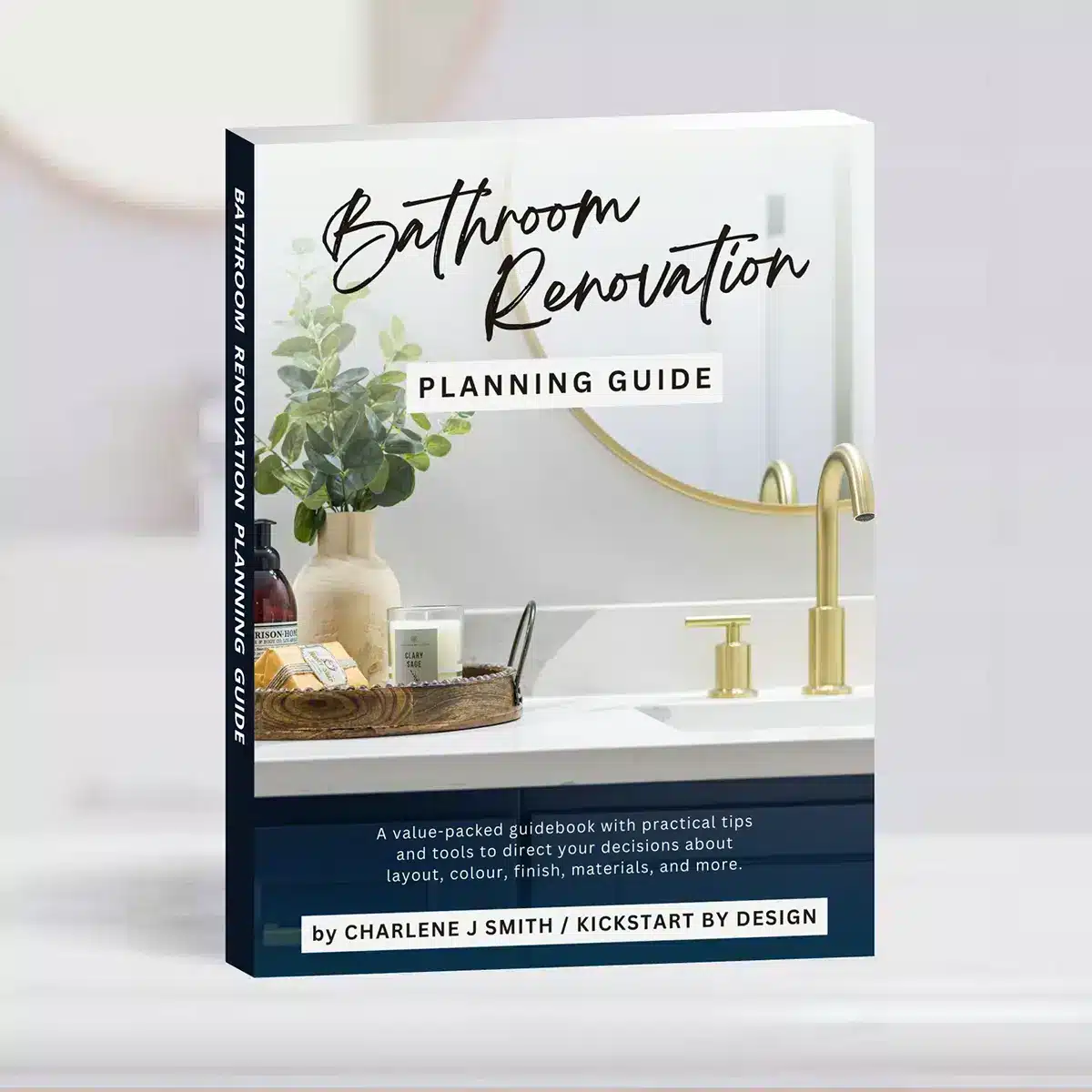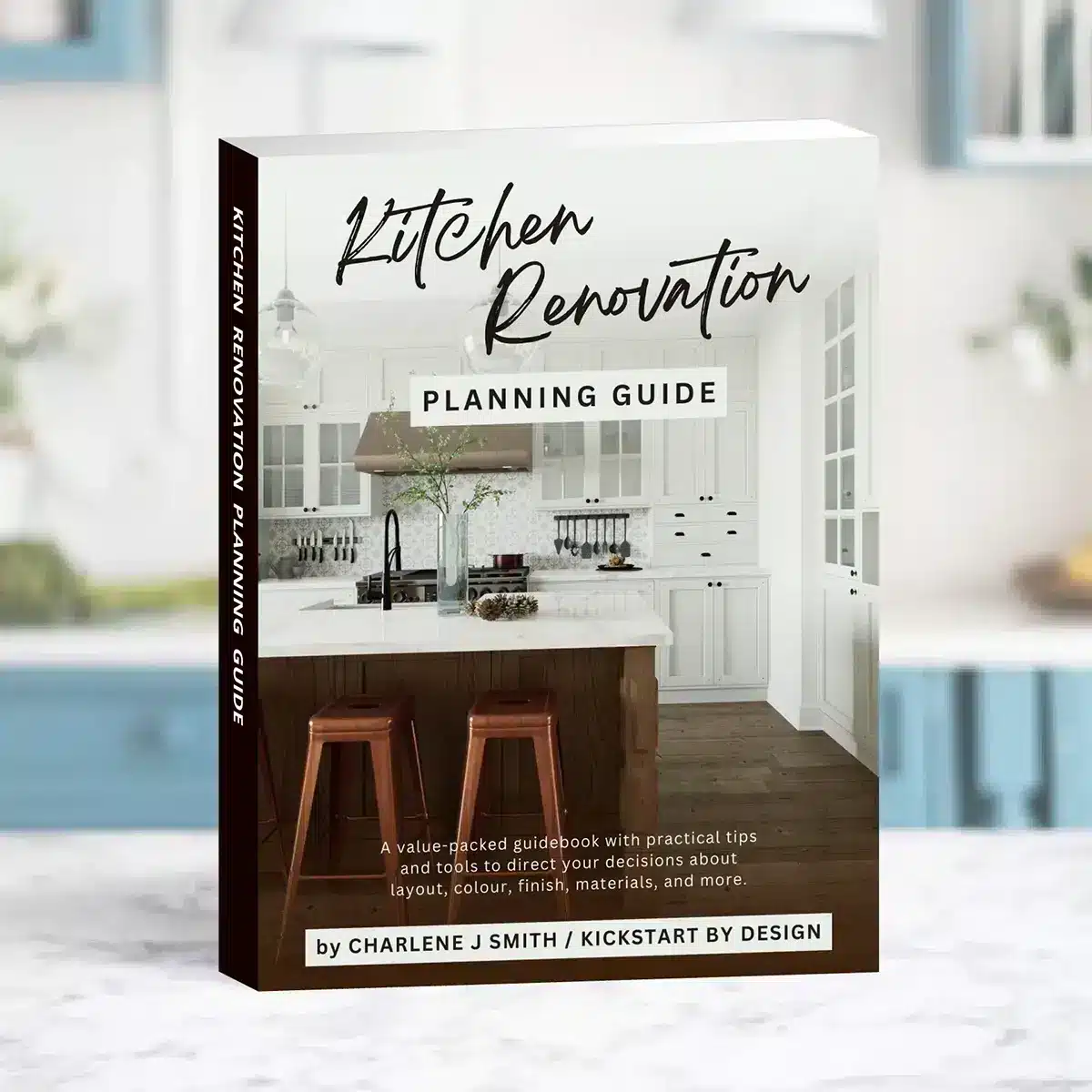A kitchen renovation is one of the most satisfying home projects you can take on—but it can also be one of the most expensive. When the ideas start flowing, it’s easy to get swept up in beautiful tiles, statement lighting, and swoon-worthy appliances. But before you fill your cart with everything you’ve pinned on Pinterest, it’s crucial to take a step back and think about what actually matters.
The key to a successful kitchen update? Prioritize your needs over your wants.
How to Figure Out Your Priorities for a Kitchen Renovation
1. Be Realistic and Firm with Your Budget
Before making any decisions, establish a realistic budget. This helps you make smarter choices and prevents overspending on features that won’t significantly impact your space. A good rule of thumb: invest the most in elements that are permanent and impact function—like cabinets, countertops, and appliances.
Define Your Spending Limit
Start by asking yourself: What is the most I’m comfortable spending?
Setting a top-line number from the beginning helps you stay focused and reduces decision fatigue. With a clear figure in mind, you can better navigate the wide range of materials, labor options, and design details available.
Pro Tip: Take your maximum spend and subtract 10% as a contingency, then use this new total as your top-line number. Renovations tend to be dynamic, so it’s always recommended to give yourself some cushion. You don’t want to be in a position where unforeseen circumstances put you in a difficult financial position.
Understand What Your Budget Can Buy
Here’s a rough guide to help you understand what kind of renovation each budget tier can typically support:
- Up to $20,000
A budget-conscious refresh. Think partial upgrades, mostly DIY, and minimal involvement from trades. - $20,000–$40,000
A balanced mix. Suitable for a full-budget-friendly renovation or a more elevated partial update, using a combination of DIY and professional help. - $40,000–$60,000
Mid-to-high range. This range allows for a full renovation with mid-range finishes or a high-end partial update, typically handled by professionals. No permits likely required. - $60,000+
The works. A full, high-end renovation managed by professionals, including structural changes or plumbing/electricity/other utility upgrades requiring permits.
While an idea of a spending limit gives you an idea of what you want to invest, it’s always a good idea to understand where your renovation dollars are being allocated. Grab a copy of my Kitchen Budget Template to see a realistic sample budget and a blank copy for you to use.
2. Remain Clear and Focused on Your Goals
Unless you’re lucky enough to be unconstrained by budget, you’re likely going to have to make some decisions about where to focus your efforts (and investment dollars). For each item you’re considering upgrading, ask yourself the following questions:
Ask Yourself: Is This Upgrade Necessary?
This is a crucial question. You need to know which parts of the plan are “must-haves” and which ones might fall under the list of “nice-to-haves.” Focus on solving your biggest pain points first. If your cabinets are falling apart or your appliances are outdated and inefficient, replacing them should be your first item of business. On the other hand, swapping out perfectly good hardware for high-end designer pulls may not be the best use of your budget. Prioritize repairs and essential upgrades before getting caught up in aesthetic enhancements.
Once you have determined what needs to be repaired or replaced, you can then set out to find these items at a price point that you feel comfortable spending. If you have extra space in your budget, then you can consider some of your “nice to haves.” With my kitchen assessment questionnaire, you’ll get a clearer picture of your essential requirements to help you prioritize.
Ask Yourself: Will It Improve Daily Use?
What does your daily routine look like and how does your kitchen play a part? Your kitchen should be designed to make cooking and meal prep easier. Functional upgrades like soft-close drawers, deep storage cabinets, or a more efficient layout will have a bigger impact on your daily experience than decorative additions, like elaborate light fixtures.
Don’t forget to consider things beyond food preparation, too—for many people, the kitchen is also a social space for gathering and/or the family headquarters, with mail, devices, lists, calendars, and the like. How can your kitchen design enhance your day-to-day and support these usage patterns and activities? Focus on changes that enhance workflow and convenience every day.
Ask Yourself: Will It Add Long-Term Value?
Trendy design choices can quickly become outdated, while high-quality materials like quartz countertops or energy-efficient appliances will maintain their value for years. When budgeting for your renovation, consider whether your choices will stand the test of time and appeal to future buyers, if/when you might choose to sell.
While personalization is an important aspect of design, know that bold, personal choices can decrease future sales prospects. For an approach that balances personality with long-term investment value, aim for a timeless space in which you can layer less permanent design choices (like paint, décor, light fixtures, hardware) to create a look you love. This also allows greater flexibility to re-vamp your space whenever you like, because your hard finishes are timeless.
Pro Tip: Let’s say you’re giving your kitchen a facelift but can’t part with your loud, opinionated granite countertop—it’s high quality and, frankly, your wallet said, “Not today.” To keep the drama in check, pair it with a simple white, off-white, or cream subway tile backsplash (let the countertop be the diva). A medium- to light-toned wood floor will help ground the space, giving your eyes a break from the visual chaos. Pick a cabinet colour that matches the white, off-white or cream of the backsplash, and boom—kitchen harmony, no mediator required.

Anthony Masterson
What to Prioritize in Your Kitchen Renovation
The Big Three: Where to Invest for Maximum Impact
If you’re working within a budget (and who isn’t?), it’s essential to know where to spend and where to save. These three areas—countertops, cabinets, and appliances—have the biggest impact on your kitchen’s function, style, and long-term value. Prioritize these first before getting distracted by trend-driven extras.
1. Countertops: The Workhorse of the Kitchen
Your countertops are where everything happens—chopping, mixing, hot pans, lunch-making chaos, and, let’s be honest, all kinds of messes. Because they’re such a central part of both your workflow and visual layout, investing in the right surface can make a noticeable difference in how your kitchen looks and functions.
My Top Choice for New Countertops: Quartz
- Durable, non-porous, easy to clean, and doesn’t require sealing like natural stone
- It comes in a variety of timeless colours and patterns—from solid whites to subtle veining—that won’t date your space
Budget-Friendly Countertop Tips:
- Consider using a premium countertop on your main workspace (like the island) and a more affordable option elsewhere
- Prefabricated quartz or remnant pieces can reduce costs while still giving you high-end style
When to Prioritize New Countertops:
- When your existing countertops are damaged, dated, stained, cheap/low quality, or clashing with everything else in your kitchen
- When you want to refresh the entire look without replacing cabinetry
2. Cabinets: Storage, Style, and Structure
Cabinets are one of the biggest visual and functional elements in a kitchen. If they’re well-constructed and in good shape, they can often be saved with some cosmetic updates. But if they’re too small, poorly laid out, or falling apart, they’ll cause daily frustration—and hold back the potential of your kitchen.
When to Prioritize Cabinetry Updates:
- If your cabinets are warped, cracked, cheap/low quality, dated, or clashing
- If the layout no longer works for your needs (e.g., no drawers, too many corner cabinets, not enough pantry space)
- If you’re changing the kitchen footprint entirely
Options for Updating Existing Cabinets
If NOT changing your layout and your cabinets themselves are still serving you well, you may opt for an aesthetic upgrade of your current cabinets—saving you money as well as reducing waste.
- Refacing (replacing doors and drawer fronts) can give you a whole new look without the price tag of a full gut job
- Painting cabinets with high-quality paint and updated hardware can transform the space for a fraction of the cost
- Add interior cabinet organizers, pull-outs, vertical dividers, or other specialty storage solutions to dramatically increase functionality without replacing everything
Design Tip: Stick with clean lines and simple door styles—they stand the test of time and work with almost any aesthetic.
3. Appliances: Efficiency Over Flash
Appliances are another area where smart investment pays off daily. You don’t need the most high-tech fridge on the market, but you do want appliances that are efficient, well-sized, and built to last. Think of this as less about luxury, more about reliability.
When to Prioritize New Appliances:
- If your appliances are low quality, mismatched, outdated, inefficient, not serving you well, or you just plain hate them!
- Frequent repairs are becoming costly and inconvenient
- Repair costs approach or exceed 50% of the price of a new appliance
- The appliance is nearing or past its expected lifespan (typically 10–15 years)
What to Prioritize with Appliances:
- Appliances that are appropriately sized for your household and your space
- Features that truly serve your habits—like a convection oven, a quiet dishwasher, or a bottom-freezer fridge
- Energy-efficient models that will lower your monthly utility bills
What to Skip:
- Overly complex features you’ll rarely use (smart tech, built-in tablets, etc.)
- Oversized appliances, unless you regularly cook for a crowd
Pro Tip: If your current appliances are working fine but mismatched, consider replacing just one or two key pieces (like the range or fridge) in a finish that coordinates with the rest for a more cohesive look.
Summary: Focus on Smart Choices and a Functional Kitchen
A beautiful kitchen is always the dream—but a smart kitchen that works for your everyday life is the goal. Especially when on a budget, how and what to prioritize really comes down to keeping your eye on the prize and not getting side-tracked or tempted.
By taking the time to evaluate what you really need, what improves function, and what adds long-term value, you’ll avoid overspending on things that look good but don’t serve your space.



